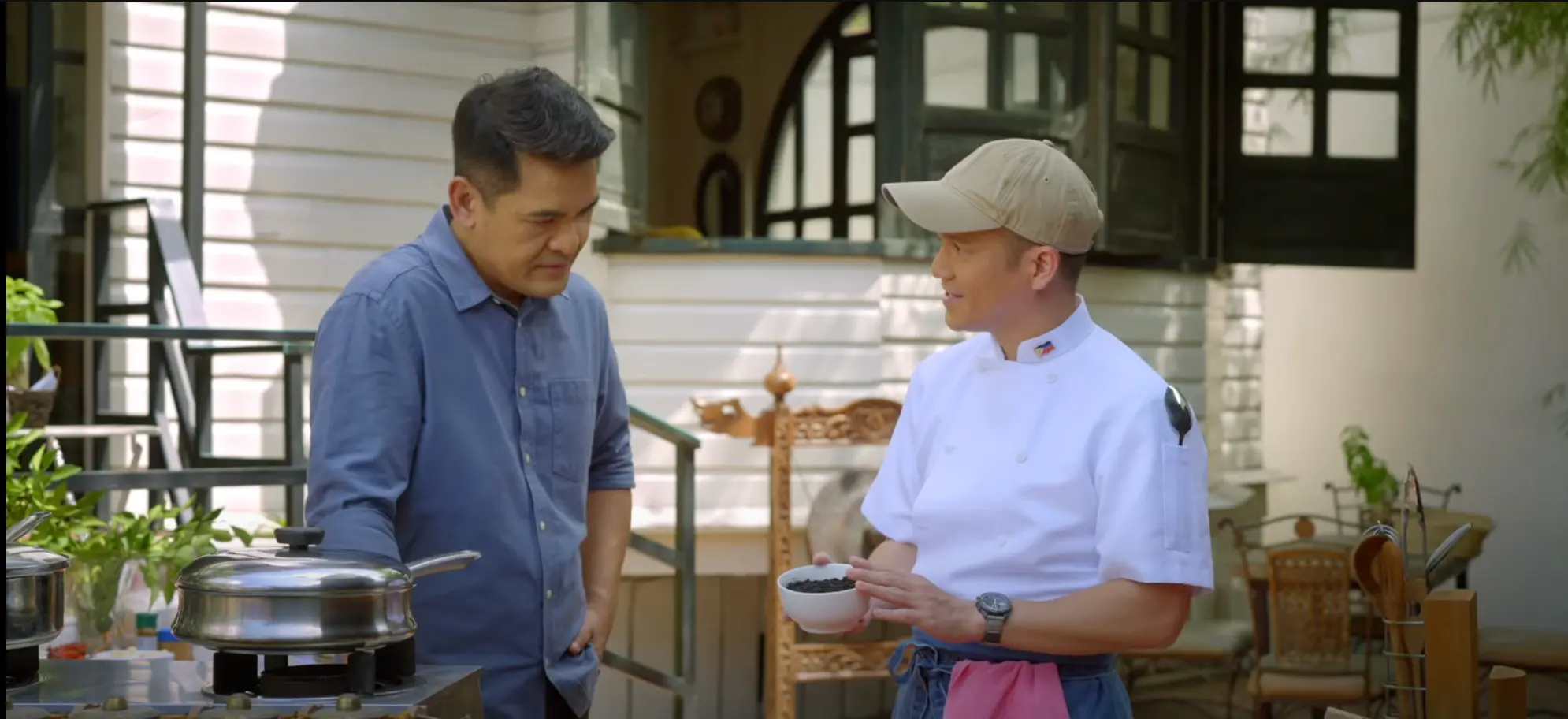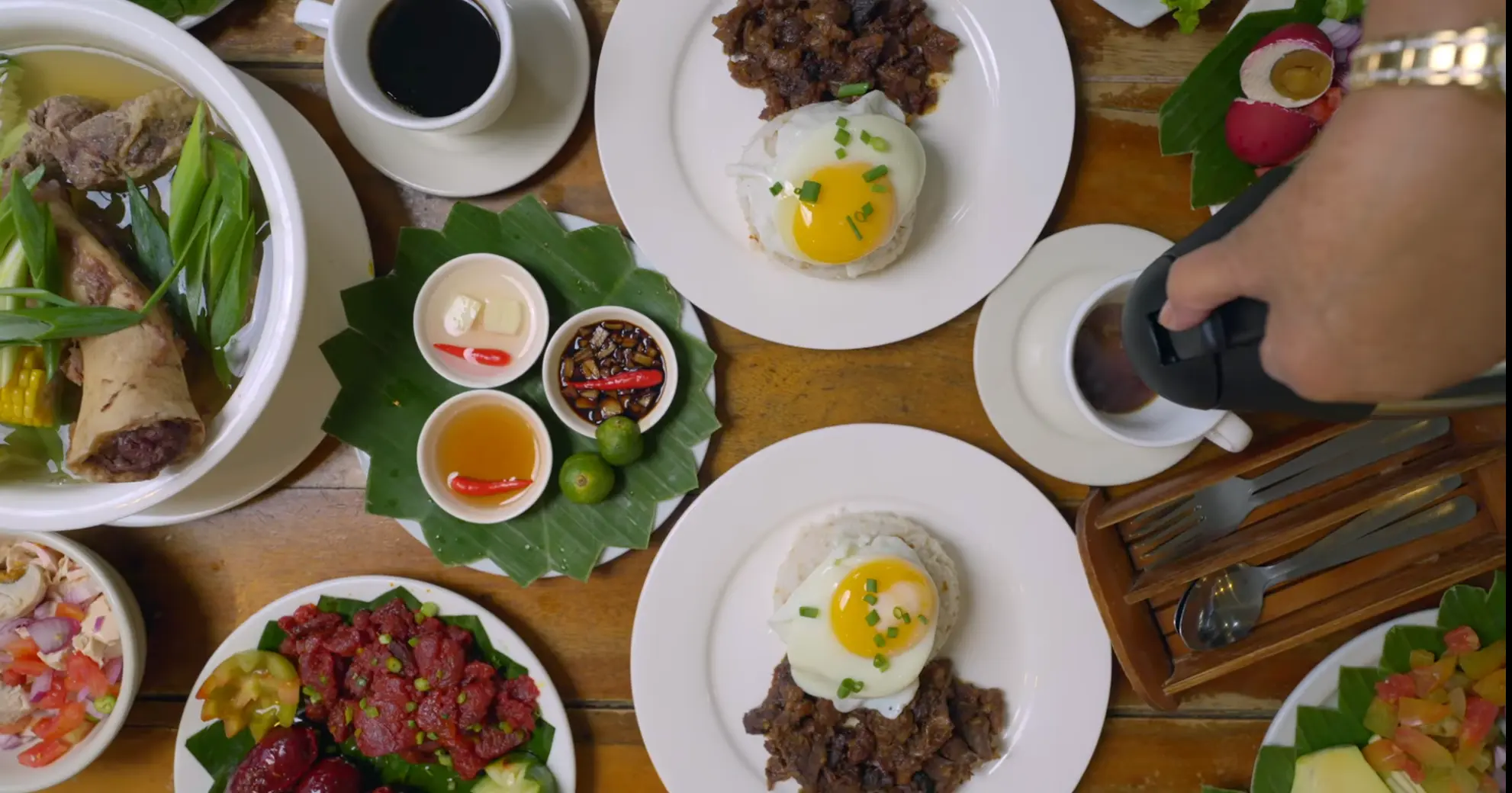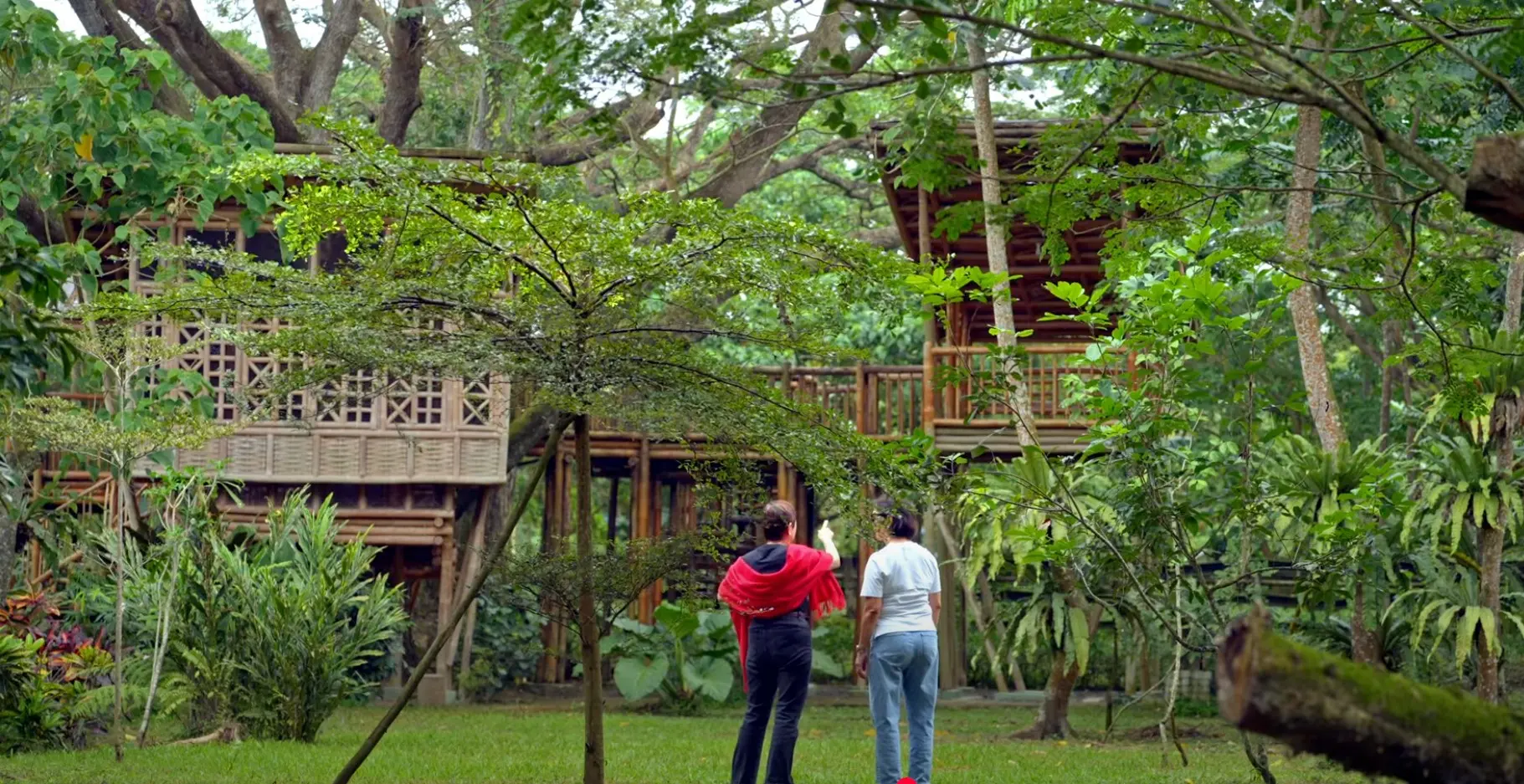I Love Filipino on Netflix: A Celebration of Heritage for the Whole Family
Journalist Jiggy Manicad dives into the country’s food, architecture, music, and arts, offering a peek into the rich stories of Filipino identity in this 5-part series
Sundays are about family gatherings. Food is prepared in the kitchen while relatives catch up between cooking and eating. It’s also a day for bonding — whether that means a museum visit or a lively karaoke session at home.
In these everyday traditions, we first learn the importance of family. Growing up, we were told stories that showcased Filipino culture — how delicious our food is, the power of music, and the timeless art and architecture handed down by our ancestors.
Last June, Netflix premiered I Love Filipino, a five-part documentary on the country’s evolving food, music, and arts scene. The show celebrates stories of inspiration that reflect how Filipino culture continues to grow in modern times.
Here’s why I Love Filipino is a meaningful watch — especially for parents looking to help their kids reconnect with their roots.
Why Filipinos Love Food
Filipino cuisine is rich and diverse, shaped by regional flavors and a mix of Spanish, American, and Asian influences. Journalist Jiggy Manicad interviews chefs, food historians, tinderas, and cooks across the provinces, uncovering the layered history behind Filipino dishes.
Some recipes, like the famous sisig by Aling Lucing or Chef Claude Tayag’s transformation of leftover lechon into four unique dishes, were born out of creativity and necessity.

Filipinos also love garlic and onions — the essential building blocks of flavor.
Silogs are another beloved staple, and thanks to Vivian del Rosario, who coined the term tapsilog (tapa, sinangag, and itlog), we now enjoy dozens of variations, from longsilog to bangsilog.
Overseas, Pinoys have found ways to adapt, using what’s available — think sinigang sa ulo ng salmon or corned beef sinigang. These dishes are proof of Filipino resourcefulness and our deep-rooted desire to recreate the flavors of home.
Whether sweet, salty, or sour, we always crave comfort, especially the kind only home-cooked food can offer.

The Universality of Filipino Music
Just as food is at the heart of Filipino life, so is music. It’s no surprise that Filipinos are globally recognized for their world-class talent, especially in singing.
Long before BINI and SB19 broke into the global pop scene, legends like Freddie Aguilar had already made their mark. His song Anak has been translated into multiple languages, resonating with families across the world.
In the music episode, Manicad sits down with National Artist Ryan Cayabyab and iconic Filipino artists, including Lolita Carbon of Asin, Ben&Ben, Rico Blanco, Jett Pangan of The Dawn, and Lola Amour. They explain why Filipino music transcends language and borders.
One of Cayabyab’s most famous songs, “Da Coconut Nut” — performed by Smokey Mountain was written with the Filipino in mind. And yet, it’s been sung by choirs and performers across the globe. After all, how can you resist a song about the so-called tree of life?
Jett Pangan and Tops Suzara also shared how everyday Filipino life inspires their songs — from heartbreak in “Before I Let You Go” to gratitude in “Salamat.”

“The Filipino musician is versatile,” Jett said. “ Kung anong genre ang gusto ‘nya pasukin, and he has the heart and the passion for it – whether rock, reggae, or pop, the Filipino artist can perform magic.”
From Bahay Kubo to Modern Design
Beyond food and music, I Love Filipino also explores how culture shapes the spaces we live in.
Who doesn’t know the song Bahay Kubo? This humble nipa hut has been an enduring symbol of Filipino life. From mountain villages to coastal towns, its influence remains visible in how homes are built, with nature, light, and simplicity in mind.

In the architecture episode, Manicad speaks to leading Filipino architects who draw inspiration from the bahay kubo in designing modern homes. The message is clear: tradition and innovation can go hand in hand.
Meanwhile, the arts episode celebrates Filipino creativity in painting, comics, sculpture, and furniture design. For parents, it’s a reminder that nurturing creativity at home today can shape the culture of tomorrow.
A Reminder to Love Our Roots
Filipinos have long been fascinated by other cultures, and many families have built lives abroad. But I Love Filipino on Netflix invites us to pause and rediscover the beauty of our heritage, right from our screens.
Pinoy Pride is often shouted when Filipinos are recognized globally. But perhaps the most important pride is the one that begins at home. It’s time we show our children, especially those raised abroad, that celebrating our culture isn’t just about recognition. It’s about remembering who we are.
More stories of Filipino culture
John Pearce: Promoting The Filipino Culture To Children Worldwide
WATCH: The Wiggles Features Filipino Nursery Song Bahay Kubo
Jeraldine Blackman: Raising Her Kids in the Spotlight









